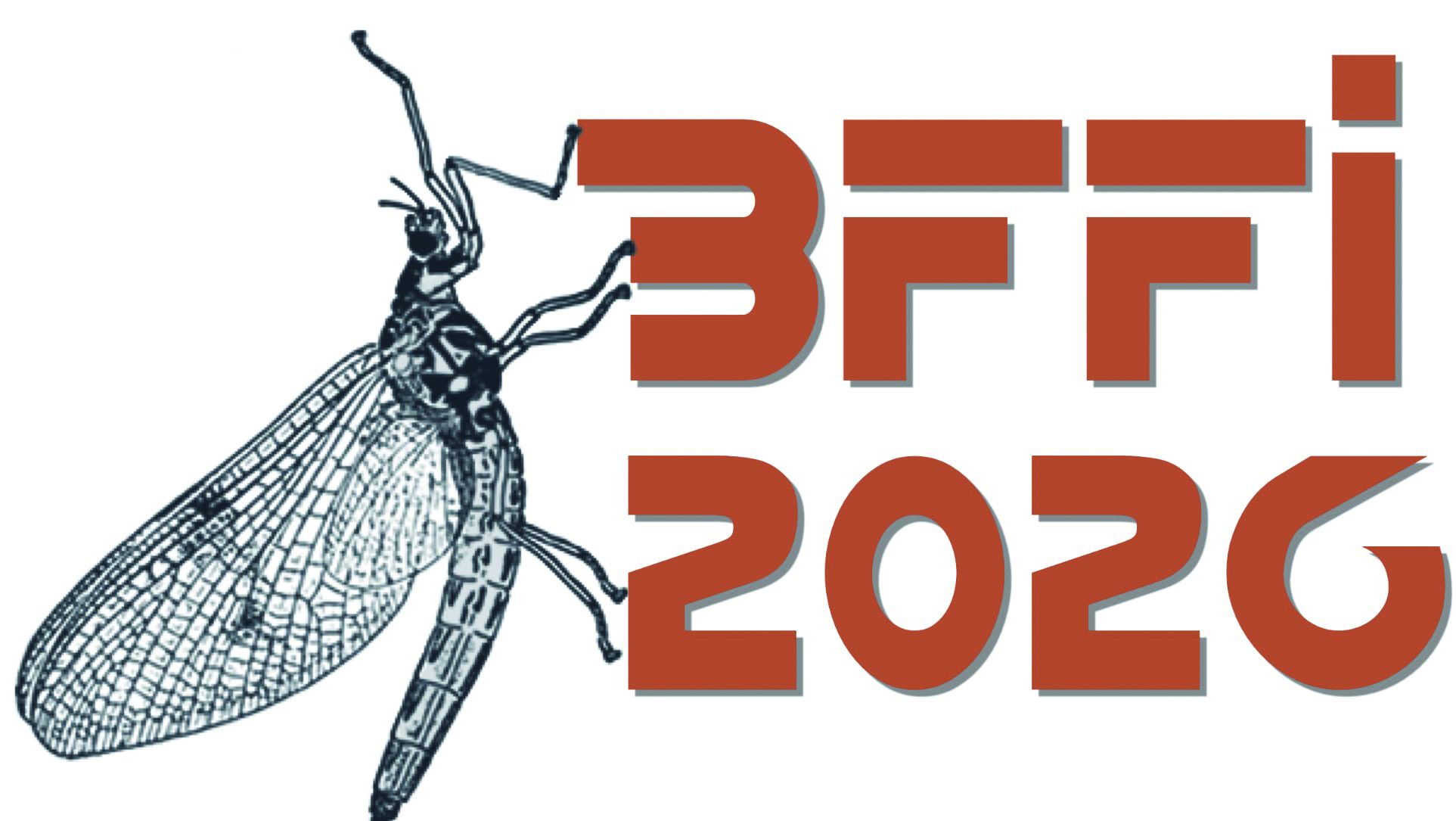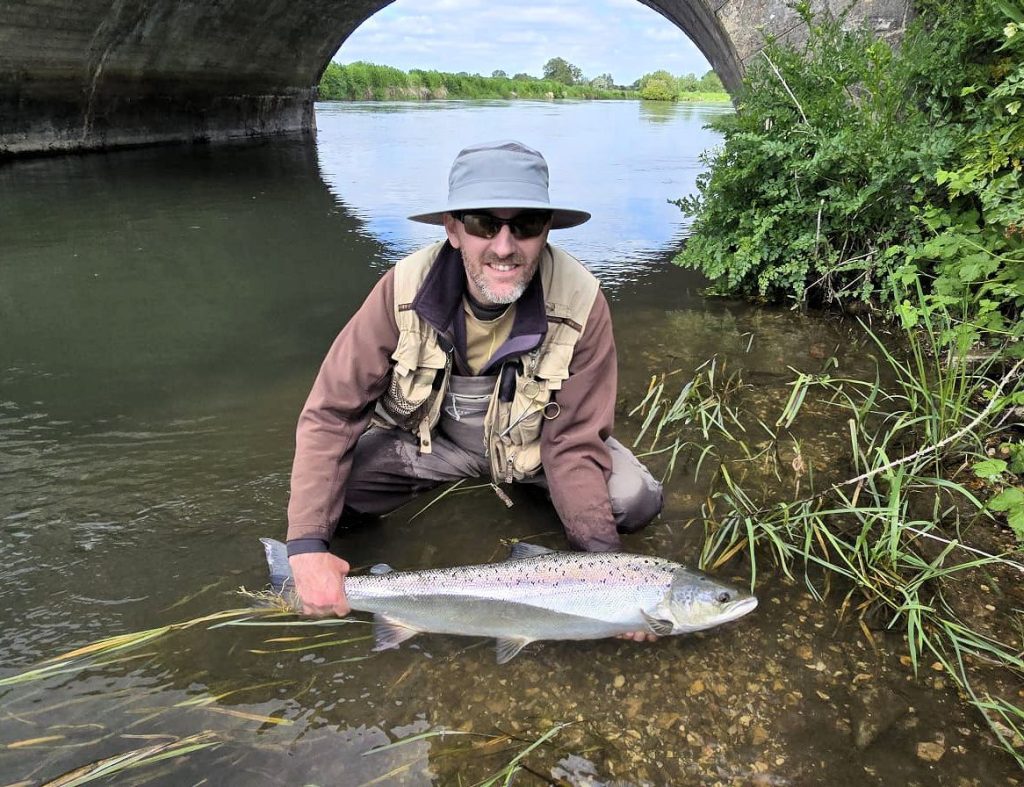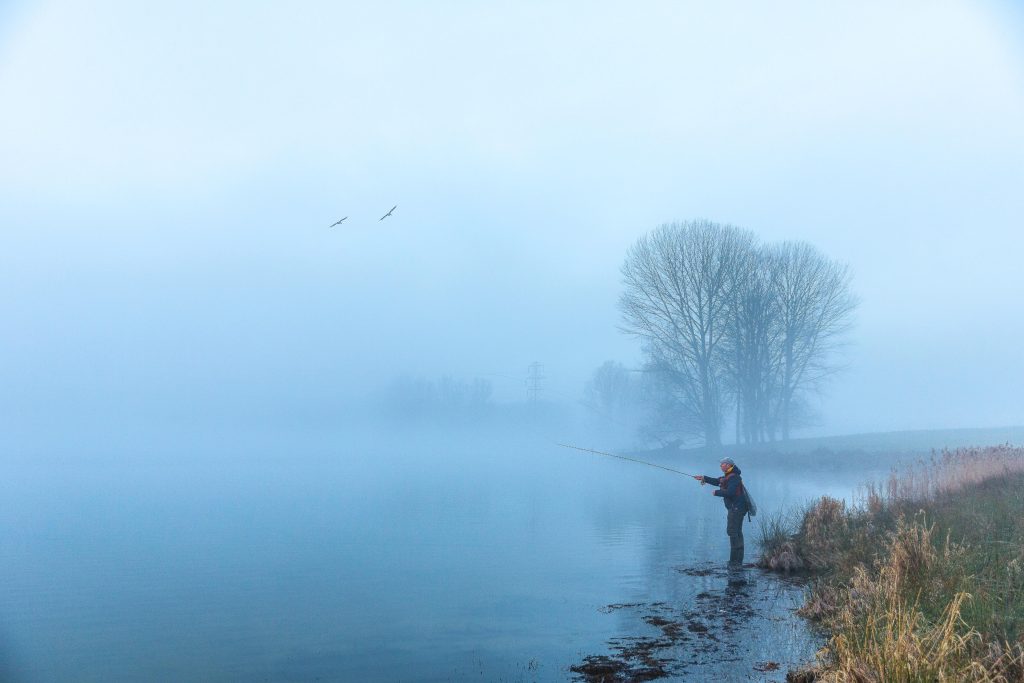How do you catch trout during a heavy hatch?
Don Stazicker explains how trout feed during heavy hatches and how to adapt your fly choice, presentation and strategy to improve your catch rate when fish get ultra-selective in dense insect hatches
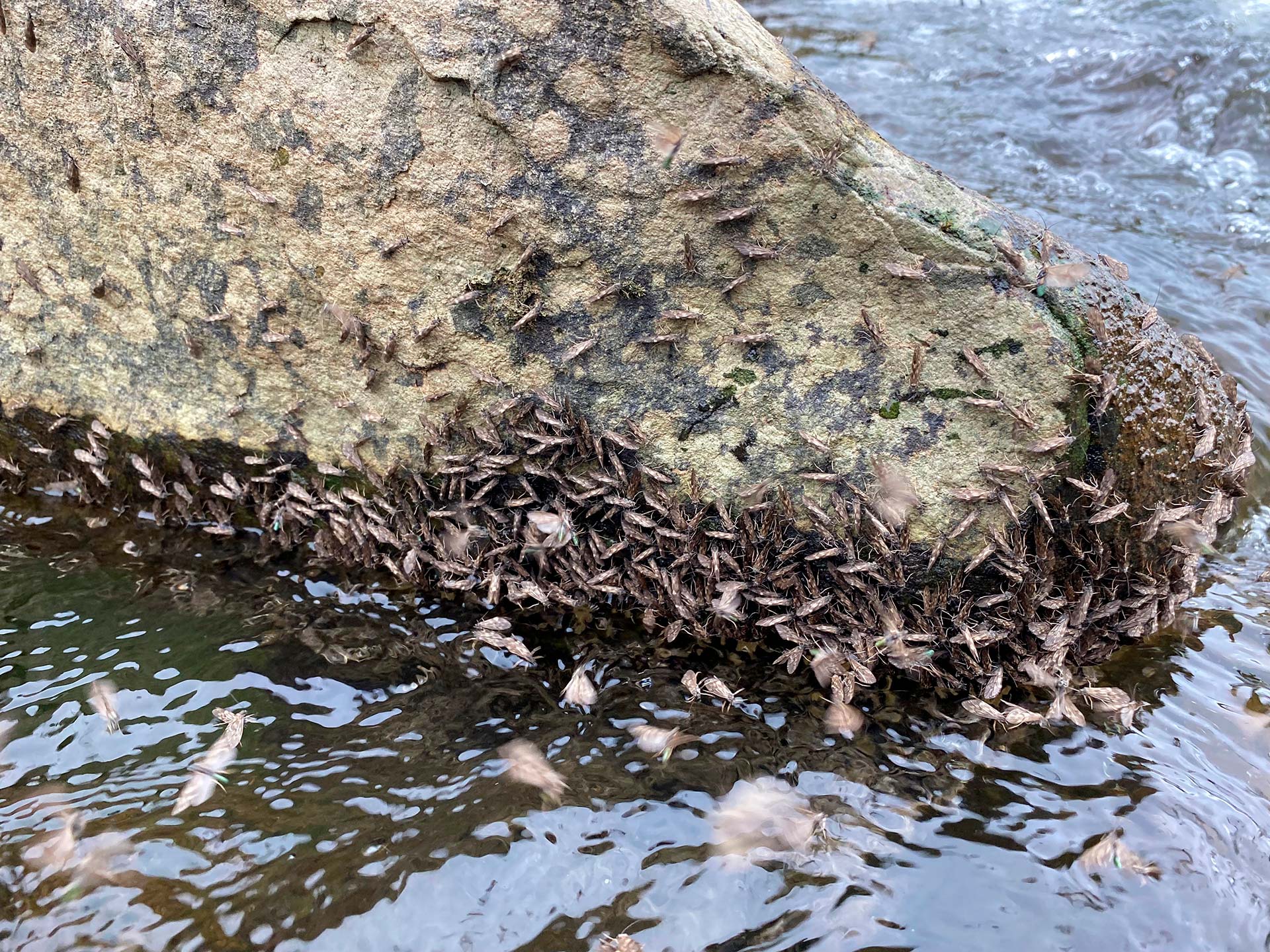
Trout feeding regularly during a heavy hatch present you with a chance to have a spectacularly successful day – but you can fail to catch fish and go home frustrated if you don’t know how to deal with the situation. Sadly, it is possible to have too much of a good thing. Learning how to catch trout in a heavy hatch is about timing, observation and precise imitation.
How trout behave in a heavy hatch
Heavy hatches produce selectivity.
You and I use a ‘search image’ when we are looking for someone. If we know them well then that search image will be very strong and we will easily pick them out in a large crowd.
Trout develop a search image of their prey allowing them to optimally forage for food, capturing their prey in the most efficient way possible.
When they encounter an insect in large numbers, the search image is reinforced to the point where the fish become locked on the appearance and behaviour of that specific insect.
As the search image gets stronger, the trout’s ability to notice other types of prey declines, which may account for the fish that ignores large mayflies while regularly taking smaller upwing duns. Its search image for the small flies allows it to feed efficiently on them while ignoring prey that doesn’t fit that search image.
This is the classic ‘match the hatch’ situation where it becomes necessary to fish a fly that imitates the size, shape, colour and behaviour of the natural. Your fly needs to match the trout’s search image – most of the time. Without this match, you may not catch trout in a heavy hatch no matter how ideal the conditions seem.
What flies are the trout taking?
When confronted with a large hatch, don’t start casting straight away. Watch the fish, watch the flies and make sure you know what flies are being taken and at what stage in their life cycle this is occurring.
Be aware that the most visually obvious flies may not be the ones that the fish are taking, and that apparent surface rises may be caused by trout feeding on subsurface organisms.
Flying insects usually look larger and lighter in colour than they really are. Catch one and examine it closely. Bear in mind that these flying insects may not be what is being eaten. Use a net to sample the insects on and under the surface.
If there are many different insects present, failure to determine which one is being taken will make it very hard for you to catch trout in a heavy hatch.

Where in the water column are the trout feeding?
During really dense hatches when many insects are available, trout adopt narrow feeding lanes. If the flies are on the surface of the water, the fish may hold just beneath the surface giving it a very small Snell’s window. A fish holding 3in down has a window of only 6in diameter, therefore a dry-fly must be delivered accurately to be seen. The deeper it lies, the wider its window (see illustration above).
A trout is unlikely to move from its narrow feeding lane to take a distant fly. It has no need to when there are many flies closer and easier to take.
Stand out from the crowd
The problem with the imitative approach is that the more exactly you imitate the natural fly, the more your fly becomes indistinguishable from large numbers of naturals.
You can use an artificial fly that exaggerates some feature of the natural. A larger fly, one of a different colour or a fly with some induced movement may stand out from the multitude.
This technique can work because it gives the fish a ‘super stimulus’, drawing its attention to your fly. It may also produce a fly that will not be accepted, as it fails to match the trout’s search image. However, when you catch trout in a heavy hatch using a standout fly, it’s often because you’ve disrupted the expected pattern just enough to trigger a take.
Try fishing with two flies
Fishing an emerger or a nymph behind a dry-fly (the duo method) via a 1ft length of tippet can be highly effective during heavy hatches.
It is often difficult to determine whether rising fish are taking adult insects on the surface, emergers trapped in the surface film, or nymphs beneath the surface. Fishing the duo allows you to cover these possibilities and gives good bite indication: the dry-fly dips if the emerger or nymph is taken.
Attach your tippet to the bend of the dry-fly hook.
Has the trout taken my fly?
One of the biggest problems when there are a lot of flies on the surface is knowing when your fly has been taken.
It’s easy to strike mistakenly and this can put fish down.
Getting close to the fish, usually possible when they are feeding heavily, enables you to cast accurately and see your fly.
If this is not possible, then fishing two dry-flies, with a larger, brighter indicator fly, will give you a positive indication when your fly is taken. Keep the tippet short between the flies to give a rapid indication of a take and reduce the effects of drag on the imitative fly.
As an indicator dry-fly, a Parachute Adams or Klinkhamer with a fluorescent post works well. It should be larger than the imitative fly to give good presentation.
When the rules don’t allow multiple flies, using a strike indicator will tell you if your subsurface or dry-fly has been taken. Use small indicators in dull colours, as they’ll be cast close to fish lying just under the surface.
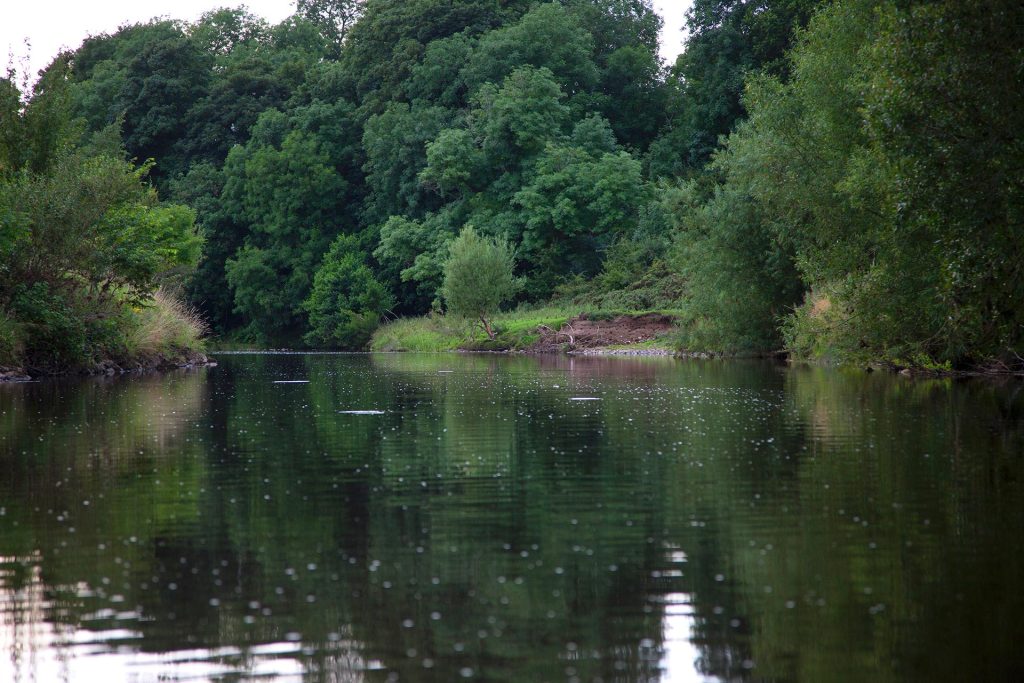
Should I cast blindly or target individual trout?
If there are many rising trout, don’t just cast blindly into the centre of them. Watch the water to make sure you have located as many fish as possible before you cast.
Make your first cast to the nearest fish to avoid lining fish between you and your target, spooking them and causing them to spook others.
Select an individual fish and study it to decide where it is holding, how often it is rising and where you will need to cast to place your fly in its feeding lane.
When you hook a fish, play it hard to get it away from the others quickly and with as little disturbance as possible.
How often should I cast?
During dense hatches of small flies when the trout are feeding on the surface, they often adopt a rhythmic feeding pattern. As the size of the fly increases, the time between rises will increase. There will be longer gaps between rises to big flies and rapid rhythmic rising with small flies.
It is essential that your fly covers the fish at the time it is likely to rise. Failure to do this means that although you have the right fly, cast in the right place with good presentation, you will not be successful in rising the fish.
Often you need to cast many times to the same fish before you get it right. Thankfully, fish feeding in this manner tend to be harder to put down. Getting close to the fish will allow you to make multiple delicate presentations without spooking them.
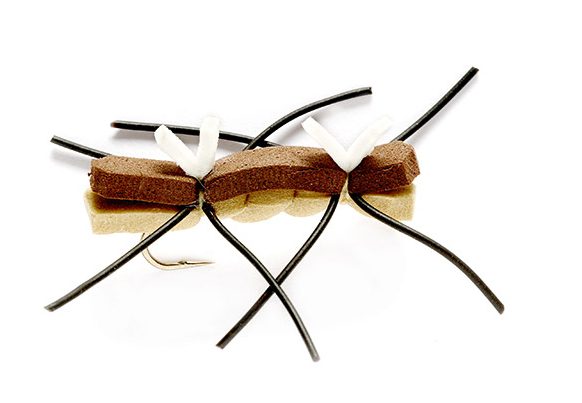
Should I always match the hatch?
Sometimes the way to catch fish that are totally preoccupied with one insect is to show them something completely different.
A trout feeding on tiny upwing duns can often be caught with a terrestrial imitation, such as a Beetle or an Ant.
For a completely different approach, try fishing something shocking: a big Chernobyl Ant (pictured above) or a Streamer.
When one fly represents many
Some insects form groups on the water’s surface, usually while mating. Midges in particular often form whirling clumps consisting of many individuals. This allows you to fish larger flies that may attract the fish’s attention better than an imitation of an individual insect. The Griffith’s Gnat imitates a group of midges and is particularly effective when used to represent the frantic activity of a group of mating adults.

